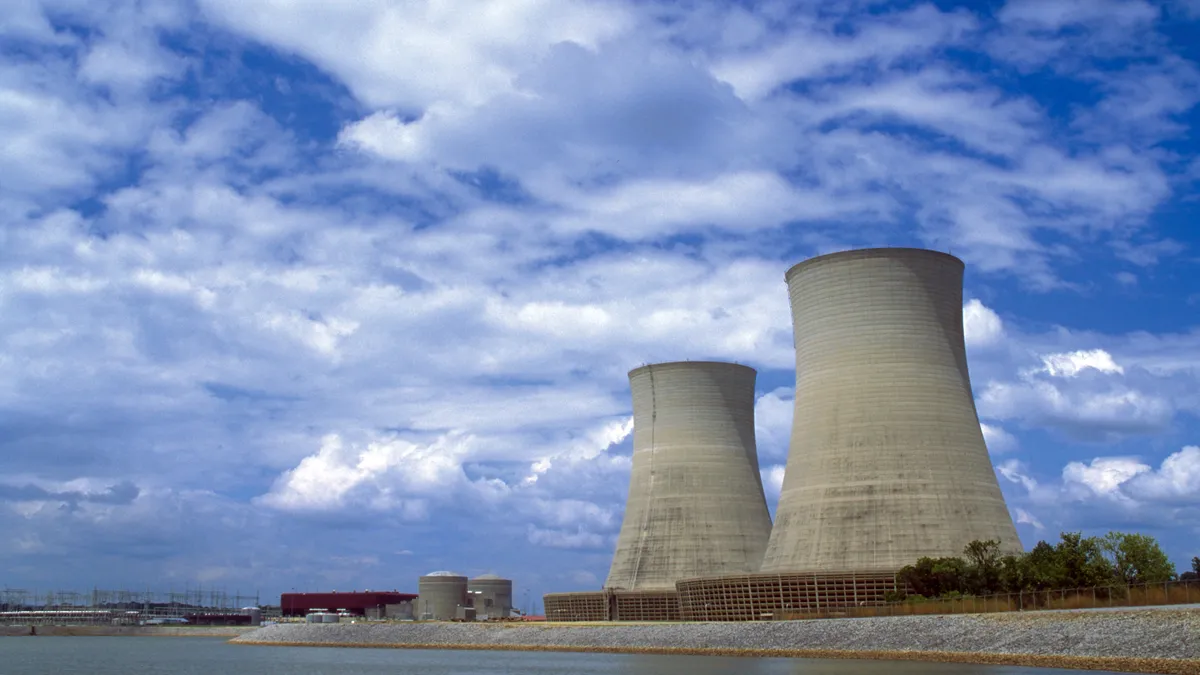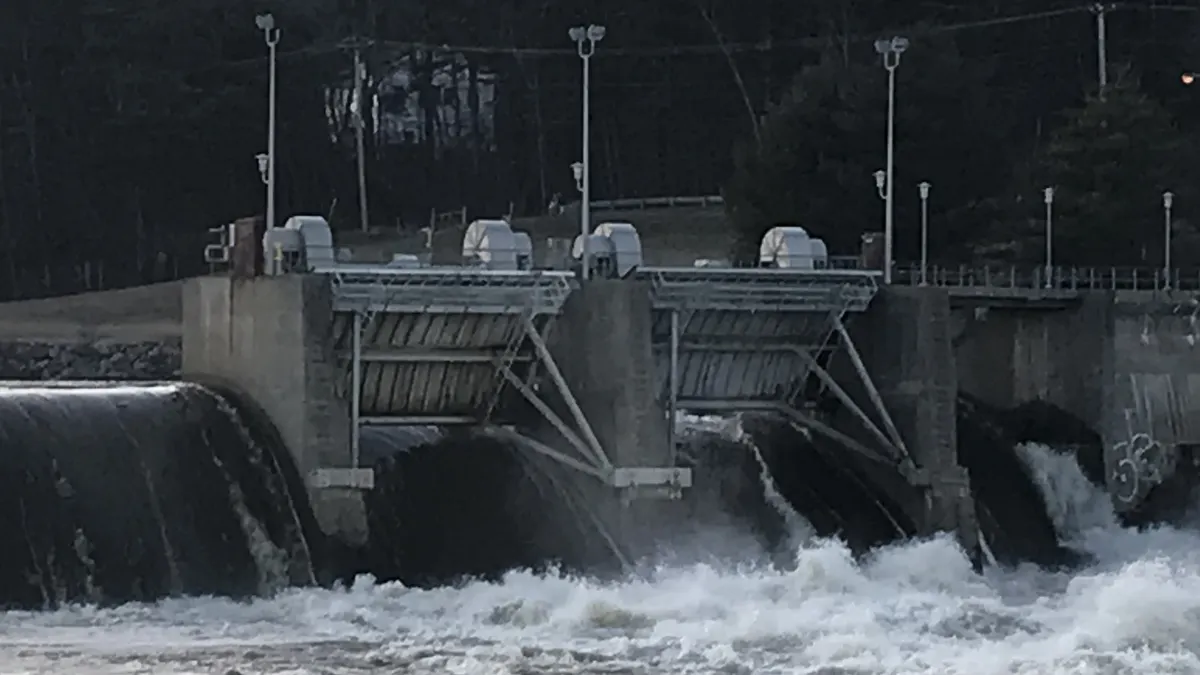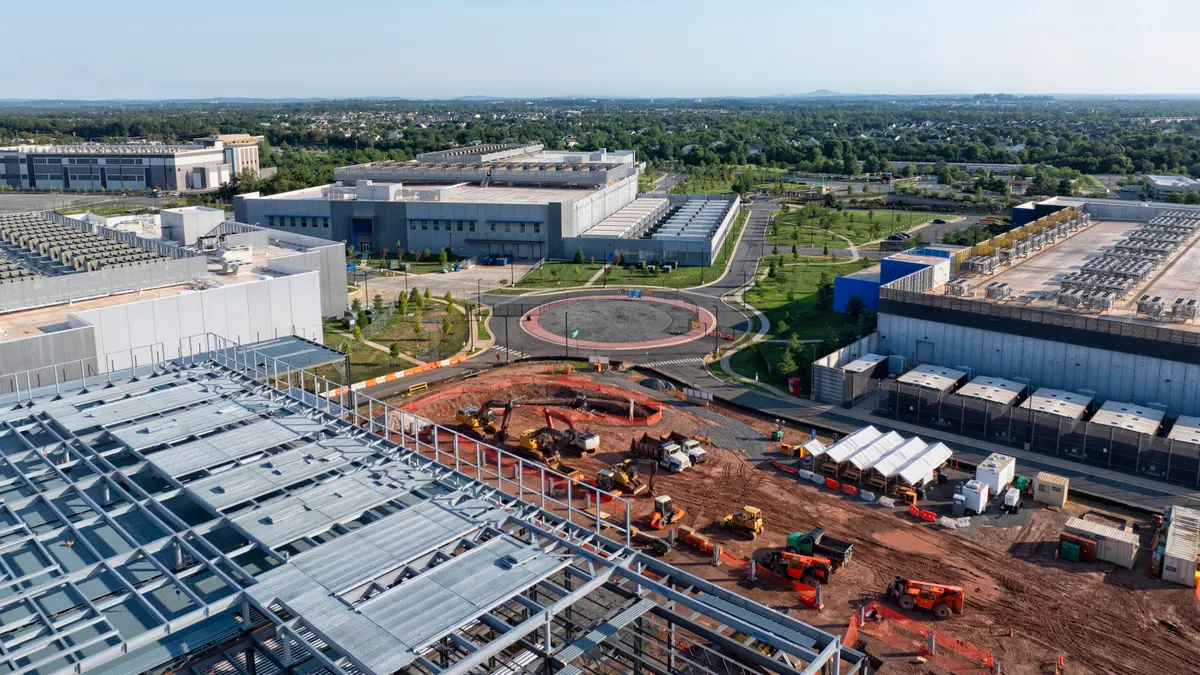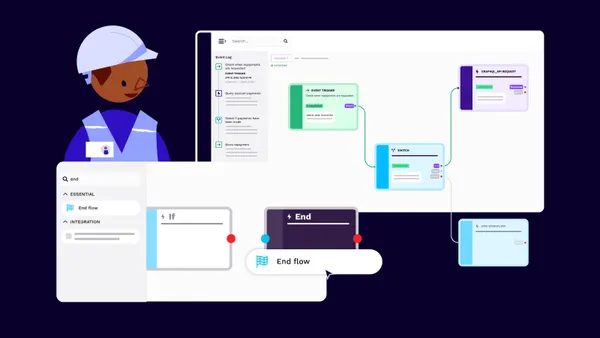The following is a contributed article by James Eardley, a Global Director in SAP Hybris Industry Marketing.
Utility companies entered the last decade dealing with the fallout of a deep recession along with the disruptive market forces unleashed by deregulation and digital technology. As the new millennium dawned two decades ago, they had their hands full with the Y2K issue and an ongoing industry-wide restructuring.
Here, at the start of a new year and a new decade, the issues the utility business is confronting are just as pressing and perhaps even more challenging.
Let's look at three trends we at SAP see shaping the utility industry in 2020 and beyond as power companies look to meet those challenges.
1. Decarbonization is a priority for utility customers — and a priority growth area for the utility business.
From renewably-sourced electricity for businesses to lifestyle-oriented energy solutions for residential users, utility customers are embracing the decarbonization movement.
In 2020, expect to see more utilities mobilizing to develop new business models that capitalize on their customers' accelerating interest in green products and services — for example, online marketplaces for solar solutions, home energy management systems, electric vehicle charging packages supported by an EV-specific rate plan tailored to overnight charging, front-of-meter (FTM) and behind-the-meter storage, etc.
These types of offerings reflect a growing customer appetite for their utility to deliver outcomes and advice, not just a commodity. Not only are they looking to their utility to sell solar panels, for example, they want it to design, install, finance, maintain and create a rate plan around the entire solar energy system.
For green-leaning offerings like this to succeed, utilities also have to be better at publicizing them.
A November 2019 study by J.D. Power found that less than half (44%) of business customers of electric utilities are aware of their utility's efforts to improve their influence on the environment. When customers are aware of these environmental initiatives, it translates into a 200-point increase in the utility's corporate citizenship satisfaction score.
2. Working for a utility is cool, even for Millennials and Gen Zers.
Attrition, an aging workforce and a lack of job opportunities that appeal to younger workers have left the power industry with a manpower problem. Indeed, in the U.S. energy sector, 77% of employers report difficulty hiring qualified workers during the last 12 months, according to a 2019 report by the Energy Futures Initiative think tank.
That could be poised to change, however, as growing utility involvement in renewable energy and other sexy new technologies, along with the utility business's increasing role in addressing pressing global issues like climate change, align solidly with the well-documented desire among Millennials and Gen Zers to work in a field, and for an employer, that is socially responsible and aligned with their values.
By offering opportunities to work in burgeoning markets such as solar and wind energy, EVs, energy efficiency, remote energy storage, the Circular Economy and grid modernization, and to use AI, machine learning, blockchain and other emerging technologies in their jobs, utilities can satisfy the sensibilities of a younger job-seeking demographic of socially minded digital natives.
To plug into those Millennial and Gen Z sensibilities, utilities need to modernize the brand messaging they broadcast to the public while progressively and aggressively marketing their employment opportunities as a chance to make a positive impact on the world while building a career in a fast-moving business.
To attract and retain talent, they also need to focus more on experience management, capturing and analyzing in-the-moment feedback from employees about recruitment, the hiring experience, training and their ongoing on-the-job experiences.
Utilities then need to pair that feedback with operational data to gain insights on how to improve the experiences they provide to potential and current employees. Utilities that do so effectively in 2020 and beyond will gain an edge in filling the talent void.
3. Utility-scale energy storage: Let the boom begin.
The U.S. utility grid urgently needs a more robust storage network to support a growing reliance on renewable energy resources like solar and wind. Now, falling costs and improving battery technology are making larger-scale storage installations an increasingly viable option for meeting that need.
The global research firm Wood Mackenzie expects the U.S. energy storage market to grow by more than 12x (in MW terms) between 2019 and 2024, led by the FTM segment, which is expected to add 825 MW in 2020 and another 2,635 MW in 2021. Globally, energy storage capacity is expected to travel a similarly steep growth curve.
As much as the storage boom will be about improving overall grid reliability and reducing carbon footprint by adding more renewables to the generational mix rather than building more new gas-fired capacity, it will also be about long-term revenue growth. New revenue opportunities abound for utilities that can capitalize on increasing demand for stand-alone storage as well as renewable generation plus storage.
Expect to see more projects like the Manatee Energy Storage Center, which, according to its developer, Florida Power & Light, will house the world's largest solar-powered battery system when it becomes operational in late 2021.
At the rate energy storage technology, and the utility business as a whole, are evolving, there should be plenty of other important industry developments to talk about between now and then.





















